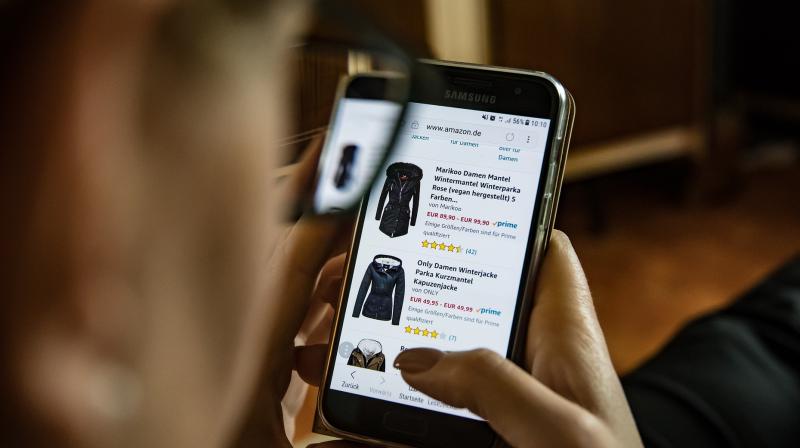The impact of technology: How customers behave in the free world
Tech is ubiquitous today and has evolved every sector.With changes in how things function have come changes in customer behaviors and expectations.

How many people use weight as a sole metric to measure their health? Two decades ago, the number would’ve been substantially high. But in the last few years, tech has changed the landscape. Healthcare is not the only sector that technology has revolutionized. Tech is ubiquitous today and has evolved every sector. With changes in how things function have come changes in customer behaviors and expectations.
Companies, which are embracing new technology to fulfill these expectations, are reaping rich dividends (no pun intended). Take Amazon for instance. The company has been experimenting with drone delivery since 2013 to improve customer experience. Amazon Web Services’ revenue increased 49 percent in Q1 2018. And Prime already has over 100 million subscribers.
Limesh Parekh, CEO for Enjay IT Solutions, discusses some more ways in which companies are leveraging technology to improve customer experience.
Wearable Tech: After smartphones, wearable tech is the most popular form of technology for people. It allows users to track their health, their diet and exercise. By 2019, this space is expected to gross $25 billion according to experts.
Lately, this technology has been adopted by businesses in an effort to reduce insurance premiums as well. Some companies set health goals for their employees, track their performance based on wearable devices, and incentivize employees who achieve these goals. Along with a reduction in insurance premiums, healthier employees also affect a company’s bottomline by being more productive.
Smarter Home Appliances: Phones are not the only smart gadgets anymore. From washing machines to fridges and even trashcans, companies are building gadgets to make homes smarter.
Customer buying behavior sheds light on one trend – the desire for peace of mind. They want devices to anticipate their needs, be energy efficient, and safe. According to a study, 75 percent customers bought smart home devices for their family’s safety. Of these, millennials are keener on adopting smart home tech than Gen Xers and Baby Boomers.
Improved Shipping Experience: Online shopping has boomed in the last decade. There’s no going back.
But a large part of the seamless shopping experience that customers crave for includes shipping, delivery and returns. Studies show that customers’ expectations from these aspects have increased in the last three years. A substantially large number expect one-day delivery and free shipping.
Companies (e-commerce and retail) are doing their best to fulfill these needs. Research showed that 29 percent of capital expenditure in retail now goes in upping the ante for fulfillment solutions like transport, logistics and returns management.
An Ad-Free Experience: When television and radio were the only sources of entertainment, people considered ads as unavoidable. Today, consumers consider ads an intrusion.
Dharmesh Shah, founder and CTO of Hubspot, said that 95 percent people don’t like being spammed while the remaining five percent hate it.
Research shows that millennials are more likely to use ad blockers, and 80 percent millennials who know about such tools are likely to use it. Regardless of the platform, people demand an ad-free experience, even if they have to pay a fee for it.
Summing Up
As you can see, technology is no longer limited to smartphones. True, it aids in building reusable rockets and more intelligent algorithms, but every person has access to it in some way. It’s not just changing how people live, but also how companies are evolving in their offerings.
Technology has made the market more lucrative but competitive as well. To succeed, companies should use feedback and insights from users to dictate the roadmap for their products.

